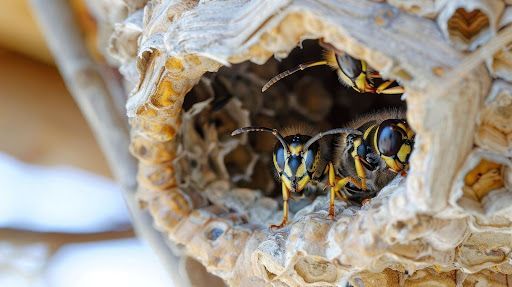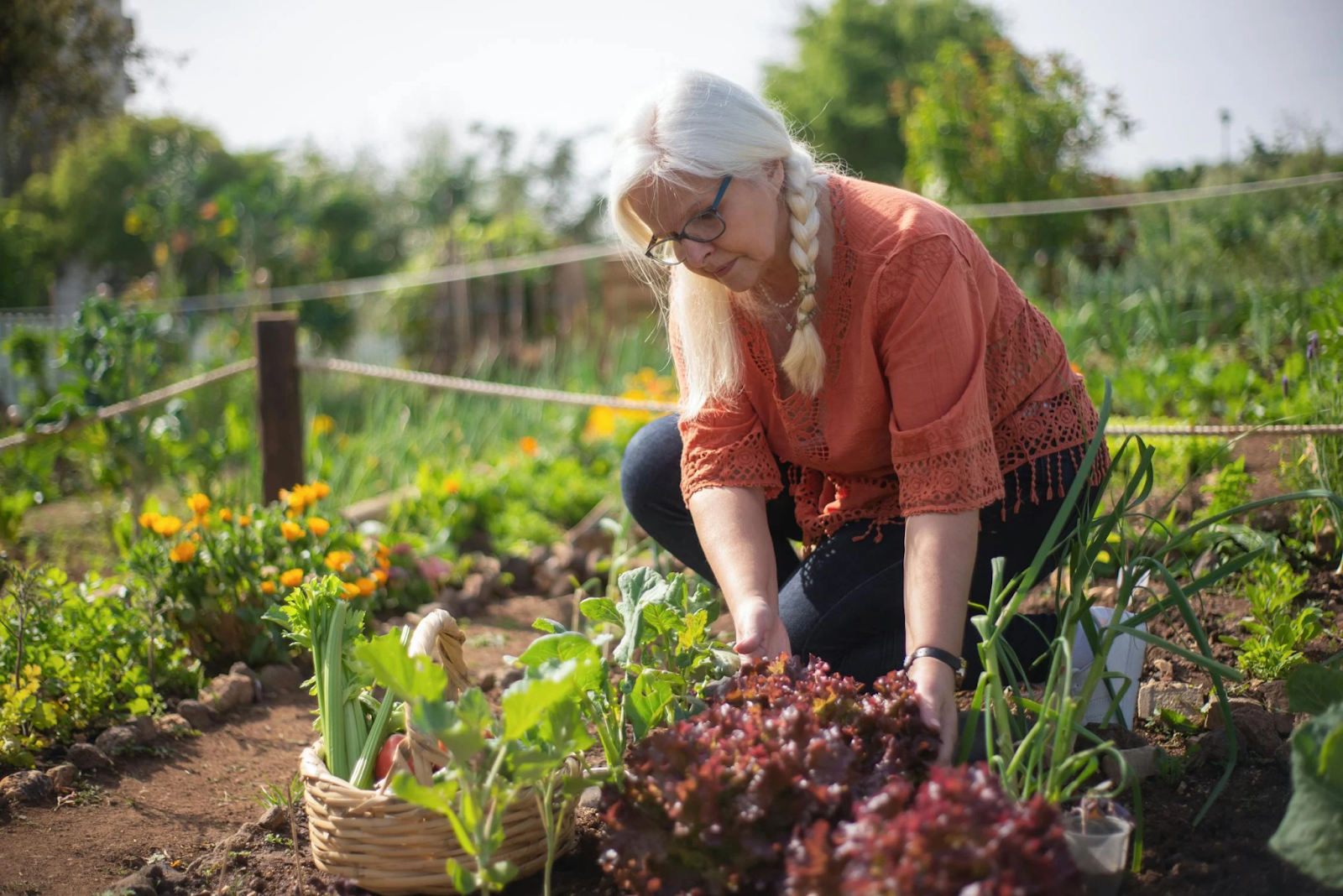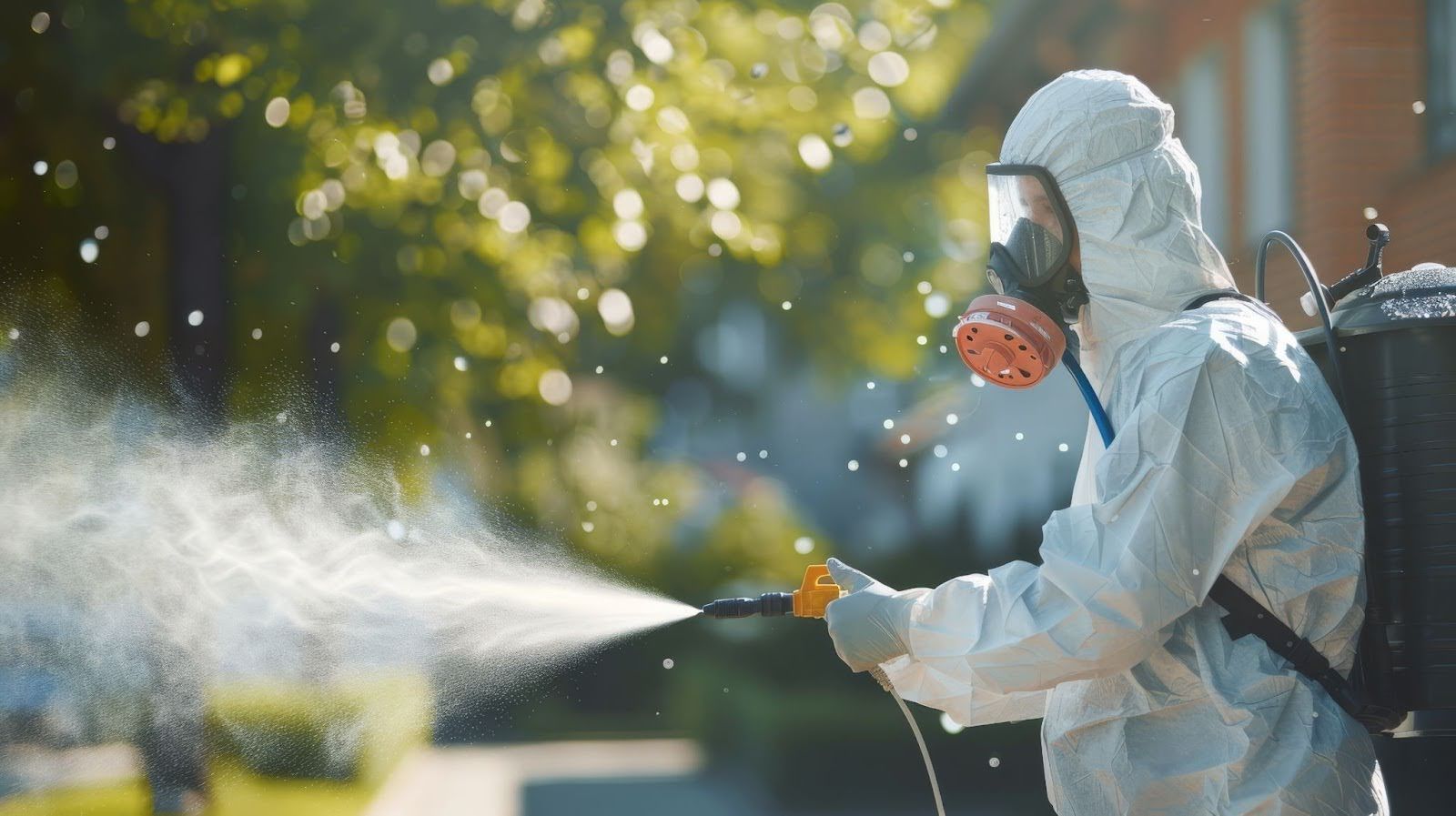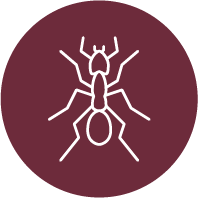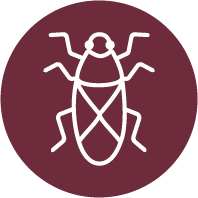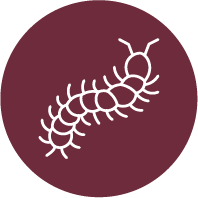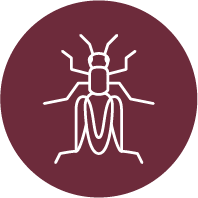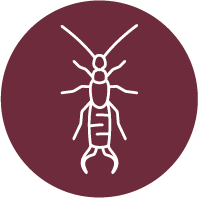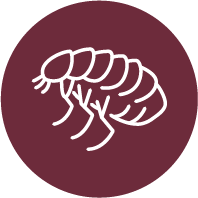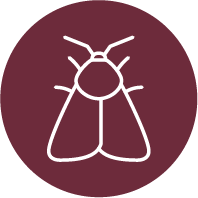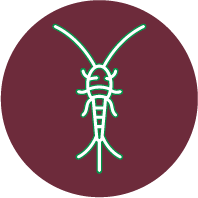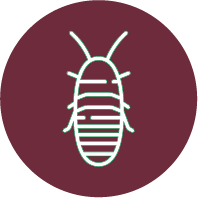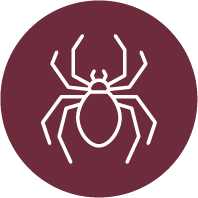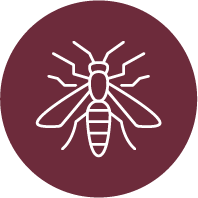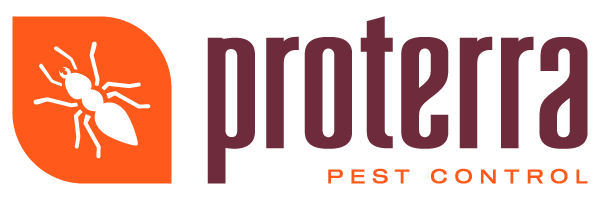Eco-Friendly Pest Control: A Comprehensive Guide for Homeowners
Living in harmony with nature while maintaining our homes and gardens free from pests is increasingly important for many people. Eco-friendly pest control solutions offer an effective way to achieve this balance, reducing environmental impact and ensuring safety for both humans and pets. These green methods focus on natural remedies and preventive measures, aiming to deter pests rather than eliminating them harshly. By adopting such approaches, individuals contribute to a healthier ecosystem while protecting their living spaces.
The Rise of Green Products in Pest Control
In recent years, the pest control industry has witnessed a significant change, largely driven by a shift in consumer preferences towards sustainable and environmentally friendly solutions. This shift is not just a trend but a conscious decision by homeowners to choose products that are kind to the planet while keeping their living spaces free from pests. Let's look into the motivations behind the surge in eco-friendly pest control solutions and how this is reshaping the industry.
Consumer demand for sustainable practices has skyrocketed, with more individuals becoming aware of the impact their choices have on the environment. This awareness has extended to the realm of pest control, a sector historically dominated by chemical-heavy products. Homeowners are now seeking alternatives that offer a minimal environmental footprint, leading to the rise in the popularity of green pest control products. These products promise effectiveness against pests while being fabricated from natural or less harmful ingredients, showcasing a commitment to environmental stewardship.
Another driving factor behind this shift is the growing body of research highlighting the adverse effects of traditional pest control chemicals on health and biodiversity. Studies have shown that certain pesticides can pose risks to human health, pets, and non-target wildlife, stirring public concern and encouraging the search for safer alternatives. As a result, both consumers and pest control professionals in the Tri-Cities area and beyond are increasingly leaning towards products with less ecological impact.
The pest control industry is responding to this demand with innovation and adaptation, developing products that align with green principles without compromising on efficacy. Companies are investing in research and development to create solutions that are not only effective against pests but also safe for humans, pets, and the environment. This industry adaptation is supported by the introduction of eco-friendly certifications, which serve as a guide for consumers in identifying products that meet stringent environmental and health standards.
The rise of green products in pest control is a direct response to consumer demand for sustainable practices. This shift reflects a broader societal commitment to environmental responsibility and health safety, influencing the pest control industry to evolve towards more eco-conscious solutions. As this trend continues, we can expect further innovations that successfully balance the dual objectives of effective pest management and environmental stewardship.
Understanding Eco-Friendly Certifications
In the maze of eco-friendly claims and green marketing, understanding certifications is akin to having a trusted guide. Let's journey through the landscape of the most recognized eco-friendly labels in the pest control realm: the EPA's Safer Choice, OMRI Listed, and Green Seal. These certifications are not mere labels; they are badges of environmental stewardship and commitment to health.
Defining Common Certifications
- The EPA's Safer Choice program identifies products that contain ingredients less harmful to the environment and human health. When you see a pest control product with the Safer Choice label, you can be assured of its reduced ecological impact without sacrificing effectiveness.
- OMRI Listed products are verified organic materials that meet strict guidelines. This label, usually found on pesticides and fertilizers, guarantees that the product can safely be used in organic farming, ensuring minimal impact on the soil and surrounding biodiversity.
- Green Seal is another influential certification focusing on a broad spectrum of sustainability metrics, including product efficacy and human health considerations. Products bearing the Green Seal have been meticulously evaluated to ensure they perform as well as or better than their traditional counterparts while adhering to rigorous environmental standards.
Deciphering the Labels
Understanding these certifications requires recognizing their significance beyond the logo. It's about acknowledging that behind each label lies a comprehensive assessment process aimed at safeguarding both the planet and its inhabitants. Products adorned with these certifications have undergone rigorous testing to verify their claims, offering reassurance to environmentally conscious consumers.
Importance of Third-Party Verification
The role of independent, third-party organizations in validating environmental and health claims cannot be overstated. These certifications are a testament to unbiased evaluation, ensuring that a product's green claims are not self-endorsed but scientifically backed. This third-party verification is critical, providing a layer of trust and transparency in a market awash with vague or unverified claims.
Evaluating Effectiveness Alongside Eco-Friendliness
While eco-friendly certifications are integral to sustainable pest control, the efficacy of these products remains paramount. Consumers are encouraged to weigh both elements, ensuring that their eco-conscious choices are also effective in addressing pest issues. After all, the goal is not just to protect the environment but to do so while maintaining a pest-free living space. Evaluating products on both fronts ensures a holistic approach to sustainable pest management, striking the perfect balance between ecological responsibility and functional necessity.
Making Informed Choices for Eco-Conscious Pest Management
As homeowners in the Tri-Cities area and beyond aim to tackle pest problems, the journey towards eco-conscious pest management involves more than just choosing products with green labels. It's about making informed choices that consider safety, effectiveness, and environmental awareness. The journey involves a holistic approach, from evaluating product certifications to understanding the local ecological context.
Assessing Personal and Environmental Safety
Choosing the right pest control strategy starts with a double-edged question: Is it safe for my family and the environment? Homeowners should aim to select products that pose the least risk to household members, including pets, and cause minimal disturbance to the local ecosystem. This means opting for solutions that target pests specifically rather than those with a broad, indiscriminate impact. Ingredient transparency is key — look for products that clearly state their active components and research their safety profiles.
Tips for Navigating Misleading Marketing
The market for pest control solutions is cluttered with products claiming 'natural' or 'organic' status, yet such labels can be misleading without official certifications to back them. Consumers should develop a keen eye for differentiating genuine eco-friendly products from those riding the greenwashing wave. Always look for recognized certifications like the EPA's Safer Choice or OMRI Listed labels — these serve as a trustworthy beacon among a sea of ambiguous claims.
Local Considerations for the Tri-Cities Area
The Tri-Cities area presents unique environmental considerations, from its diverse ecosystems to specific seasonal pest challenges. It's crucial to select pest control solutions that align with these local specifics. For instance, methods that may work in more humid climates might not be as effective or necessary in the arid conditions characteristic of Eastern Washington. Therefore, choosing solutions that factor in local biodiversity, climate, and pest profiles is essential for effective and eco-conscious pest management.
Harnessing Professional Expertise
While DIY approaches can be tempting, consulting with professionals who specialize in eco-friendly pest control can provide tailored, effective solutions. Professionals are not only equipped with the latest knowledge on sustainable pest management practices but can also offer advice specific to the Tri-Cities area's needs. They can perform assessments to identify the root of pest problems, minimizing reliance on products and emphasizing preventive measures. Making informed choices in pest management is a multifaceted process that encompasses safety, effectiveness, and a deep understanding of environmental impact. For the citizens of the
Tri-Cities and beyond, embracing eco-conscious pest control methods is a significant step towards harmonizing household needs with ecological preservation. By prioritizing products with credible eco-friendly certifications, scrutinizing marketing claims, considering the local environment, and seeking professional guidance, homeowners can contribute to a healthier planet while enjoying pest-free living spaces.
Ready to embrace eco-friendly pest control solutions in the Tri-Cities area? Proterra Pest Control is here to help. With our commitment to sustainable practices and expertise in safe, effective pest management, we ensure your home stays pest-free without harming the environment. Contact us today to learn more about our green pest control solutions and start your journey to a cleaner, greener home.
